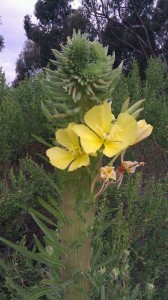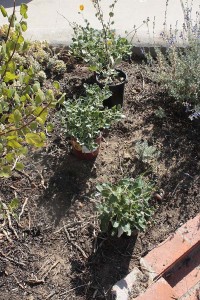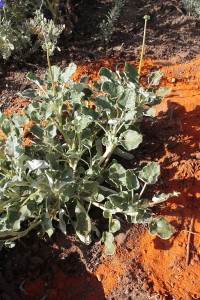I’ve been reading David Rakoff lately. How I got to doing it is a little morbid but I’m sure you’re guilty of it too: An author dies; you’re reminded that the author was someone you’d always meant to look into; and only then do you finally get around to picking up one of their books.
The book I’m reading is Fraud, the only one not already checked out from my library by other Johnny-come-lately’s. Fraud collects together some of his essays, many of which appeared on radio on NPR’s This American Life, or in various magazines. One piece talks about him–an adamant New York indoorsman–going to New Hampshire to climb Mount Monadnock along with a man who’d been doing it every day for the last five years. Even in a lovely description of the atmospherics on the summit you hear the city boy protesting and experiencing nature with ironic urban quote marks around everything: “Shrouded in fog, we cannot see more than thirty feet in any direction. It lends a false sense of enclosure to everything, like a diorama from the Museum of Natural History.” And in the first paragraph he dismisses the pleasures of nature: “You want greenery? Order the spinach.”
I am so not David Rakoff, a realization driven home through my recent battles in the ongoing War Against Gophers I’ve been fighting.
A year ago I thought I’d come to a workable truce, using a concoction of blood meal and chile powder to repel the beasts from the garden. But in July this year more things in the front garden started dying back or dying altogether:
The last of the Verbena lilacina plants, probably gone for good.
Two of the three San Miguel Island buckwheats (Eriogonum rubescens var. rubescens) I planted late last spring. Gone.
 Chaparral currant (Ribes indeorum). This one I was particularly upset about because the plant is the first big native that a person coming up the front walkway would notice. Not a good first impression of California plants for visitors.
Chaparral currant (Ribes indeorum). This one I was particularly upset about because the plant is the first big native that a person coming up the front walkway would notice. Not a good first impression of California plants for visitors.
One thing I hadn’t tried so far is using traps. I monitor the listserv for the native plant society, and many folks swear by traps as the only thing to work that doesn’t leave the garden littered with dead gophers that might be consumed by wildlife or pets. Traps sound unpleasant, but they seemed the way to go with the fewest chances of collateral damage. I was desparate.
So…off I went to the local hardware store and returned with these little death machines. I found an area in the garden that looked recently active, gopher-wise, dug a hole, and placed the two traps as directed, facing opposite directions in the tunnel, and tying the traps to something fixed in case the creature drag the trap deep into the tunnel system. That final direction about tying the traps to something immovable was almost Too Much Information…a wounded gopher in its death throes pulling a heavy trap deep into the tunnels. Ick. Really, do I want to do this?
Still, there’s a deniability to the process. I set the trap, but the gopher must choose to enter it. The gopher could chose to visit the garden next door instead, or paddle itself off to Aruba or hop a jet to Cairo. It’s a pretty bogus deniability, for sure, sort of saying something like semi-automatic weapons aren’t designed for shooting humans. But it helps me sleep at night.
My long-late mother used to tell a story about life in my recently-late father’s village. The area had a problem with dangerous feral dogs, and people were insistent that something be done about the dangers (i.e., do the dogs in–This is generations before and worlds away from today’s animal rescue ethic)). The population was heavily Buddhist, however, and people were reluctant to harm the dogs in any way. Their solution: poisoned bait. If the dog ate the bait and died, it did so on its own volition. The humans reduced the dog population, but came out of the deal washing their hands of what the dogs did, “all on their own.”
My karmatic glow dropped a few points about a week after I placed the traps, when one of them did what it was designed to do, dispatching what seemed to me one extremely large gopher, big as my fist and alarmingly heavy. It took a surprising large amount of effort extricate the gopher from the trap, pulling the carcass out of the twin spikes that pierced its little skull. Poison would be so easy compared to this, and way more deniable. But I did what I did and now I was dealing with the consequences.
There are more gophers in the garden, I know, but so far they’ve eluded capture. And fortunately for the garden whatever gophers may be left don’t so far seem to have as voracious an appetite as the one I caught. This California Fuchsia, ‘Route 66,” is beginning its flowering, just a few feet from where the gopher activity peaked. So far so good. But I suspect my karma points are going to take a hit someday soon.
I suppose I’m too sensitive a being worrying about all this. If I were David Rakoff I’d just order the spinach and get on with life.
















